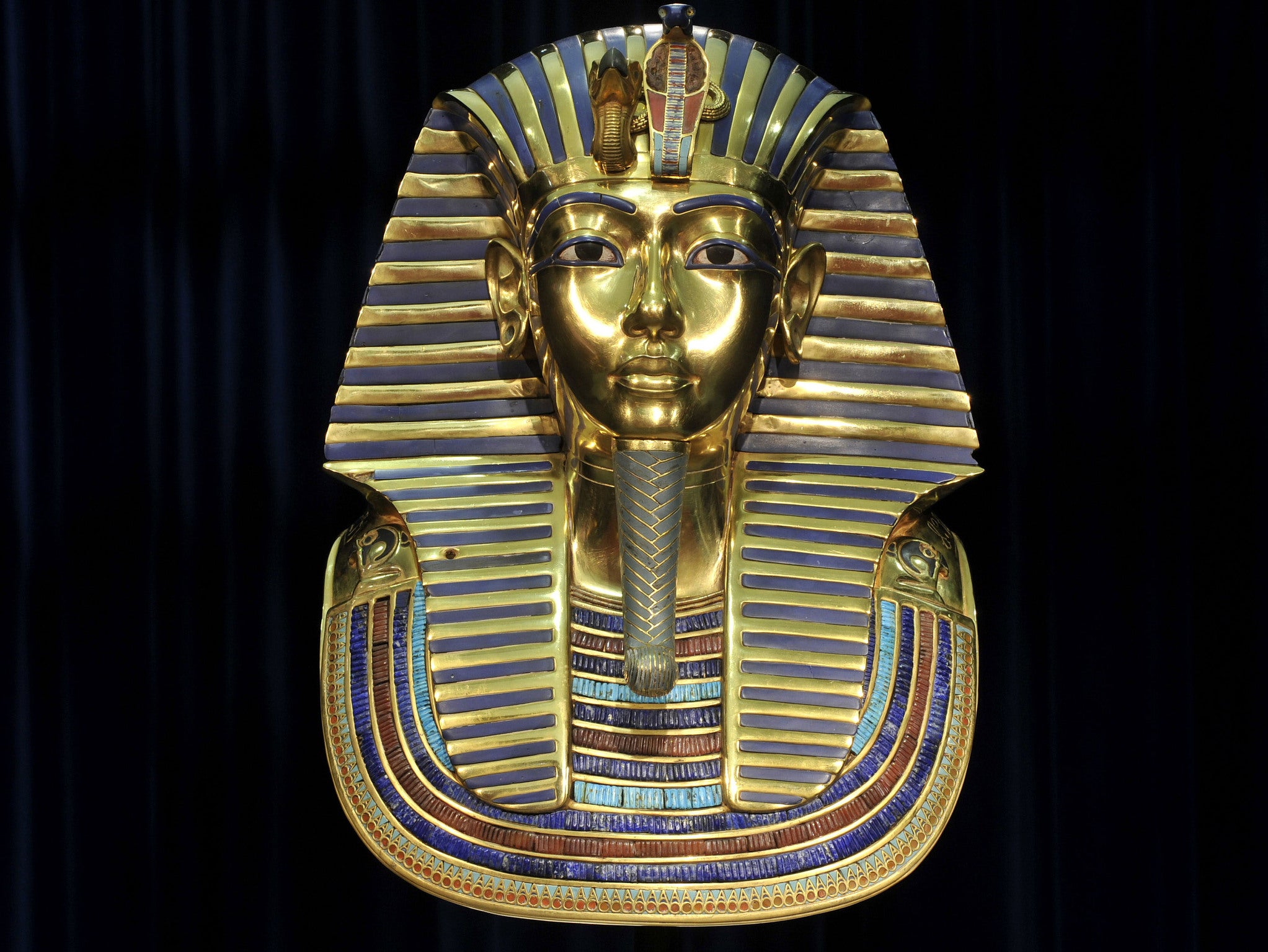Tut-tut: Head of restoration leaves Egyptian Museum after Tutankhamun’s beard debacle
As an investigation is launched into King Tut's gold beard being broken, the man in charge is transferred to another museum

Your support helps us to tell the story
From reproductive rights to climate change to Big Tech, The Independent is on the ground when the story is developing. Whether it's investigating the financials of Elon Musk's pro-Trump PAC or producing our latest documentary, 'The A Word', which shines a light on the American women fighting for reproductive rights, we know how important it is to parse out the facts from the messaging.
At such a critical moment in US history, we need reporters on the ground. Your donation allows us to keep sending journalists to speak to both sides of the story.
The Independent is trusted by Americans across the entire political spectrum. And unlike many other quality news outlets, we choose not to lock Americans out of our reporting and analysis with paywalls. We believe quality journalism should be available to everyone, paid for by those who can afford it.
Your support makes all the difference.The world groaned in unison last week when it was revealed that Egyptian pharaoh Tutankhamun’s beard had been snapped off and stuck back on with the wrong glue in a “botched” restoration.
Now, the head of restoration at the state-run Egyptian Museum in Cairo has been transferred to another museum as employees’ claims that the 3,000-year-old golden funerary mask was damaged during cleaning and glued back on with epoxy are investigated.
Ilham Abdel Rahman, who has been moved to the Royal Coaches Museum in Bulaq, will be replaced by Saeed Abdel Hamid, according to the Egypt Independent.
Having initially played down reports of the botched restoration – which is believed to have taken place last year – Egypt’s head of antiquities Mahmud al-Damaty called a press conference on Saturday to confirm details of the investigation.
Last week Mahmoud el-Halwagy, the director of the museum, and Elham Abdelrahman, head of the conservation department, went to great lengths to deny the claims during a joint interview.
“If it was broken, it would have been a big problem, and we would have written a report about it,” Abdelrahman said.
Unconfirmed reports suggest technicians wanted to fix the lighting in the casement where the mask is on display. “They held the mask in the wrong way and broke the beard,” an unnamed museum official told the Guardian.
He claims that, in a desperate bid to rectify the damage, the perpetrators returned overnight and glued the beard back on with epoxy – a substance that is controversial in the art restoration world – and when that didn’t work, they snuck back in during the early hours of the following day to have another go at fixing it.
“The problem was that they tried to fix it in half an hour and it should have taken them days,” he added.
German conservator Christian Eckmann, who will oversee the mask’s restoration, admitted at the press conference that epoxy is “not the best solution to fix artefacts”, according to Ahram Online.
Eckmann said, however, that the mask is overall in good condition and that the damage done by the glue can be reversed.
While the incident is being investigated by the Egyptian government there have also been calls for UNESCO to launch their own enquiry due to the age and stature of the artefact.
Chris Naunton, director of the Egypt Exploration Society, says of the apparent photographic evidence of the damaged artifact: “I’ve not heard of the beard being removed before – the death mask is incomparably important and valuable and would normally be handled with the utmost care.
“If these are genuine photos, it does look like something happened there. I just couldn’t believe it when I saw it. It just looks too bad to believe.”
Join our commenting forum
Join thought-provoking conversations, follow other Independent readers and see their replies
Comments